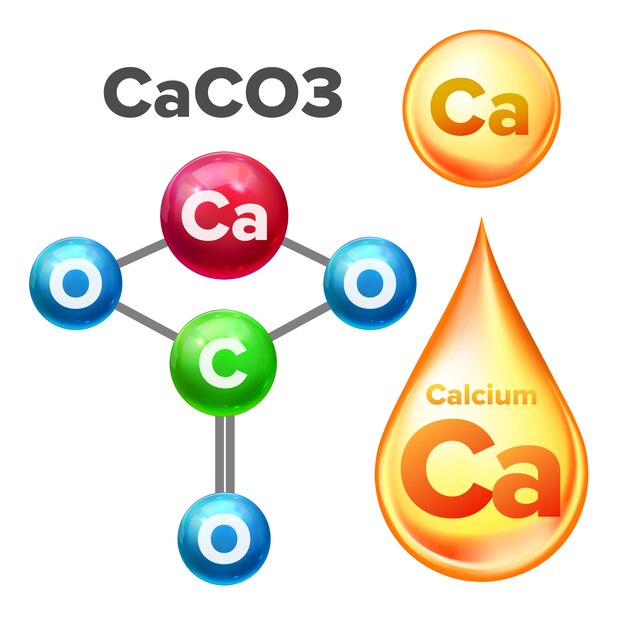Calcium carbonate is a chemical compound with the formula CaCO3. It is a common substance found in rocks as the minerals calcite and aragonite (most notably as limestone, which contains both of those minerals) and is the main component of pearls and the shells of marine organisms, snails, and eggs. Calcium carbonate is the active ingredient in agricultural lime and is created when calcium ions in hard water react with carbonate ions to create limescale. It also finds use in a variety of commercial applications including its use as a filler in paper, paint, and plastics.
When calcium carbonate is heated, it decomposes to form calcium oxide and carbon dioxide:
CaCO3 → CaO + CO2
This reaction takes place at temperatures above 825 °C (1,517 °F). Calcium oxide reacts readily with water to produce calcium hydroxide:
CaO + H2O → Ca(OH)2


